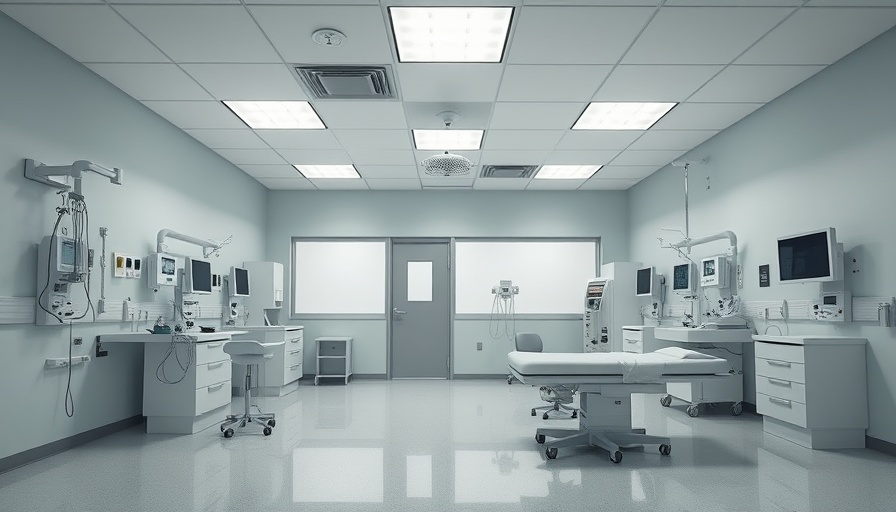
Unraveling the Myth of Idle Medicaid Recipients
The discussion surrounding Medicaid often revolves around a prevalent stereotype: that those enrolled are lazy or unwilling to work. This narrative is not only misleading but also damaging, as it undermines the complexities of poverty and health care access. In reality, many Medicaid recipients are engaged in daily struggles, balancing work, caregiving, and health issues that make it challenging to achieve full-time employment.
Historical Context of Medicaid
Understanding the roots of Medicaid is key to dispelling myths surrounding its recipients. Established in 1965, Medicaid was designed to offer health coverage to those who could least afford it—primarily low-income individuals, families, and the elderly. Historically, the program has played a crucial role in reducing healthcare disparities and ensuring that vulnerable populations have access to essential services. As a result, attacking Medicaid not only affects individuals but jeopardizes a vital social support system.
The Human Impact of Cuts to Medicaid
Recent discussions regarding potential cuts to Medicaid miss the mark, often ignoring the real-life implications these decisions have on people's lives. Cuts would not only risk millions of individuals losing their healthcare but also exacerbate broader health and economic disparities that affect society as a whole. For instance, research shows that lack of health coverage leads to increased hospitalizations and delayed care, resulting in worse health outcomes and higher long-term costs for the healthcare system.
Exploring the Workforce of Medicaid Recipients
Contrary to the stereotype, many Medicaid recipients are part of the working population. Numerous studies indicate that a significant percentage of adults on Medicaid are employed, often in low-wage jobs that do not provide health benefits. According to various data, around 60% of Medicaid recipients work, highlighting that many are striving for economic stability yet remain trapped in a cycle of underemployment.
Decisions You Can Make With This Information
Recognizing these realities allows for more informed conversations about Medicaid policy. Whether you're a policymaker, a healthcare provider, or a member of the community, it’s crucial to advocate for policies that improve access to care without stigma. Supporting comprehensive health funding can ensure that vulnerable populations maintain their coverage, promoting healthier communities overall.
Inspirational Quotes from Advocates
In the words of health policy experts, “Healthcare is a right, not a privilege.” This sentiment emphasizes the essential nature of equitable health access. Advocacy groups are urging outreach and education to dispel myths about Medicaid recipients, fostering a more supportive society that values every individual's recognition in the community. These voices are crucial in framing the conversation around health policy moving forward.
Actionable Insights: The Path Forward
As discussions about health policy continue, it's imperative that everyone engages in advocating for systems that truly serve the needs of the population. Educating oneself and others about the realities of Medicaid can promote a more inclusive dialogue. Join community organizations, participate in local forums, or initiate conversations to highlight the importance of supporting those in need of healthcare coverage.
With the looming changes in healthcare policy ahead, understanding the critical role Medicaid plays, especially among the working population, is vital. As Medicaid impacts millions, it’s essential to reflect on how our choices affect one another and advocate for reforms that prioritize public health access.
 Add Row
Add Row  Add
Add 




Write A Comment